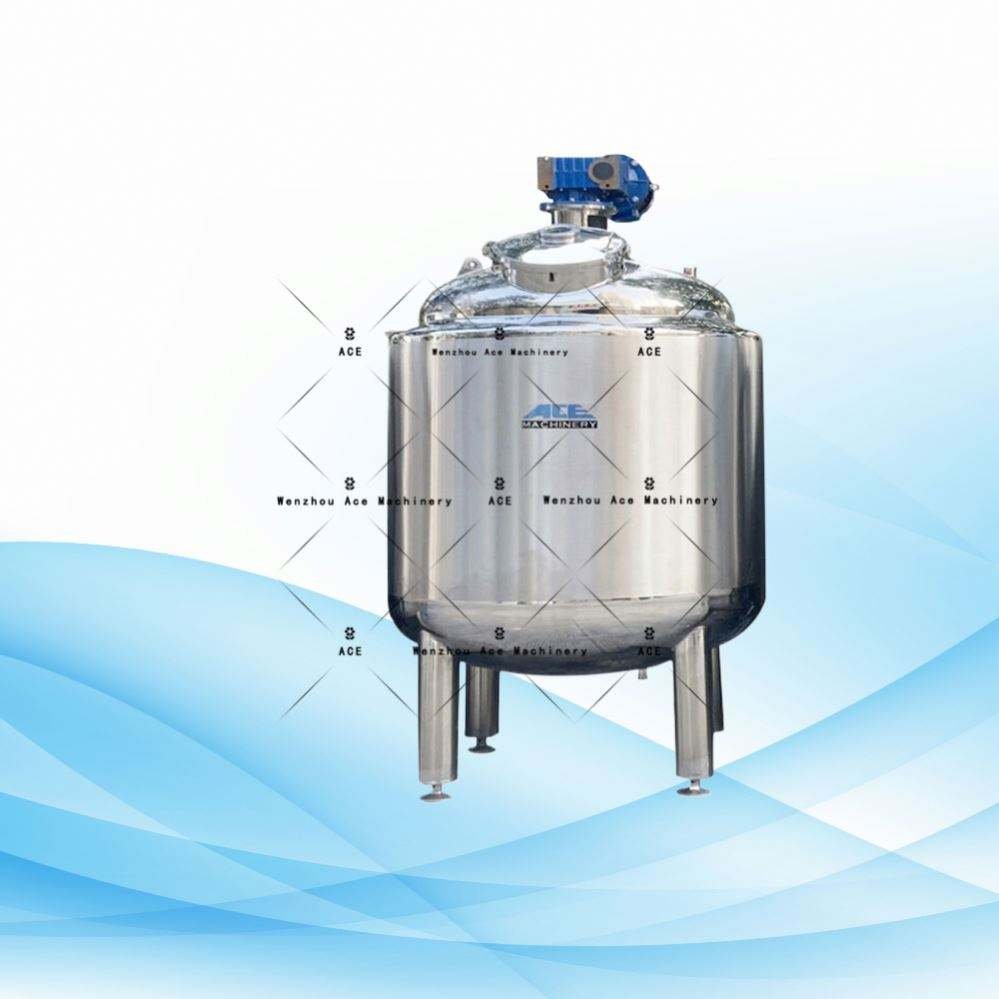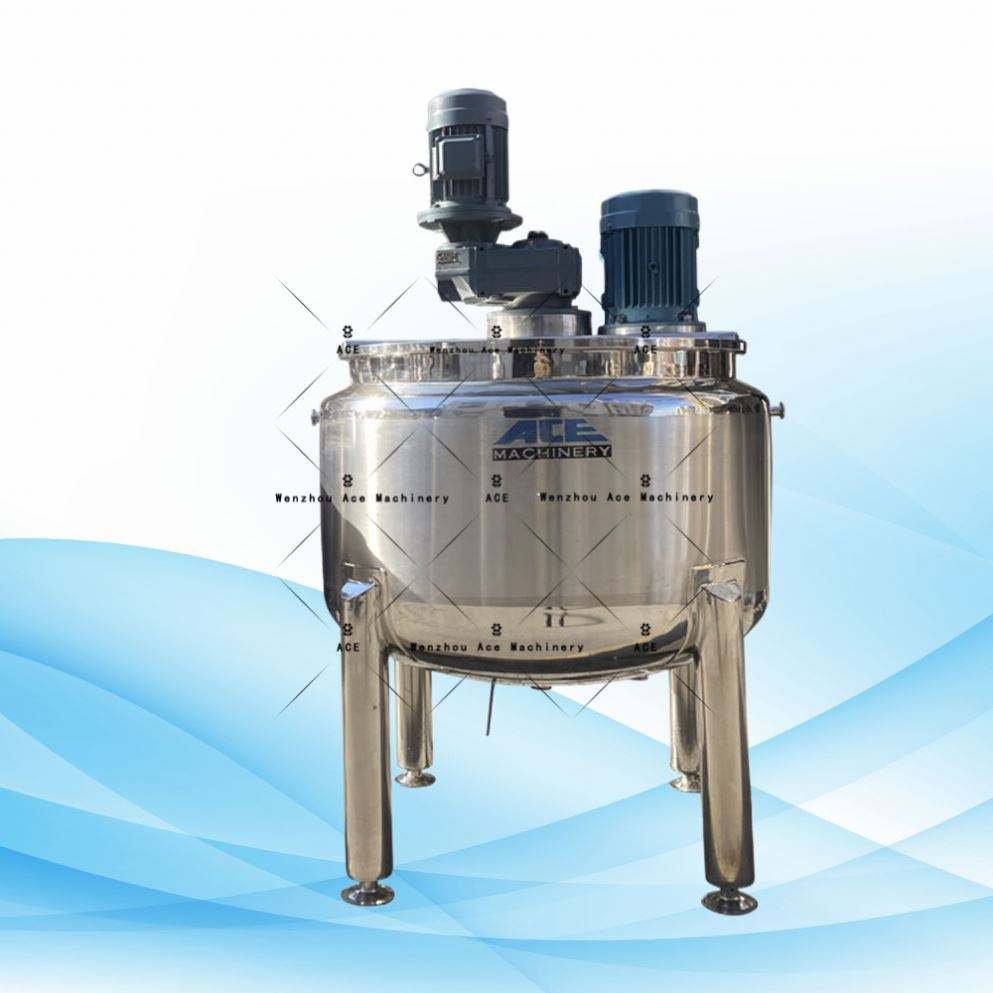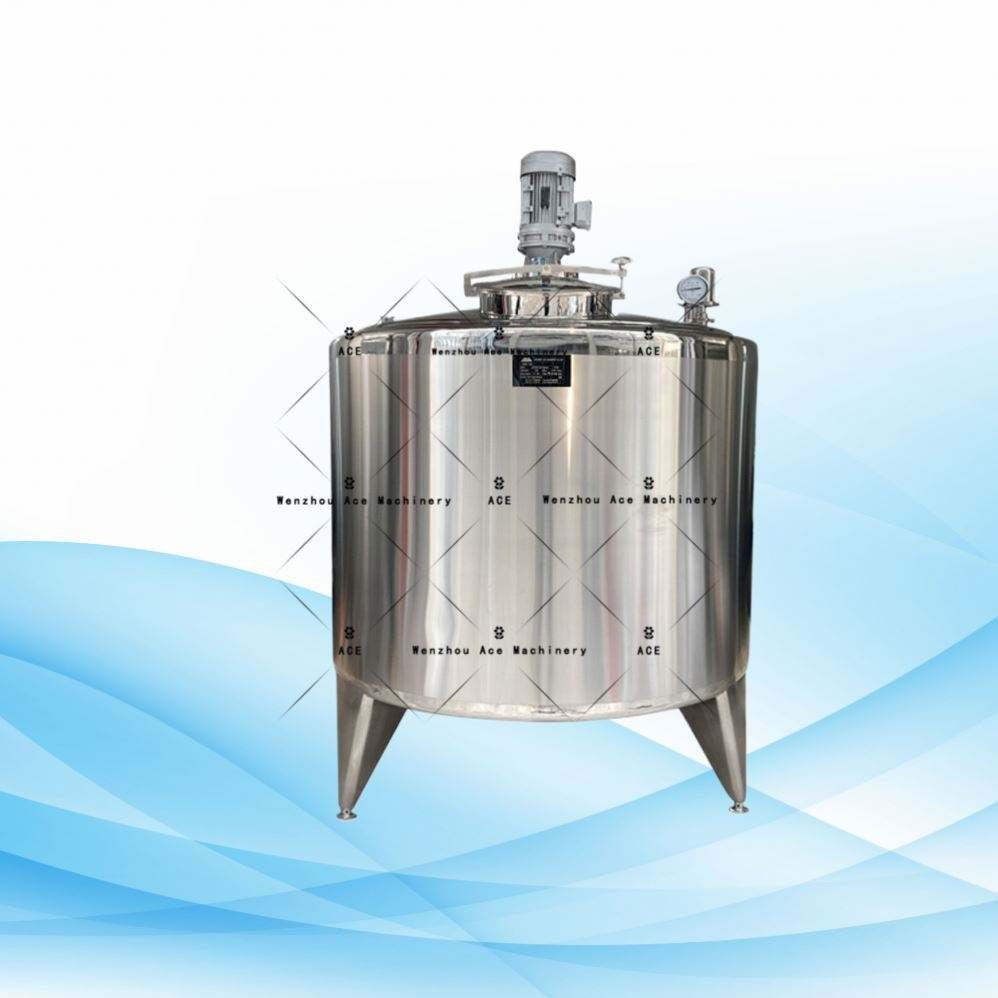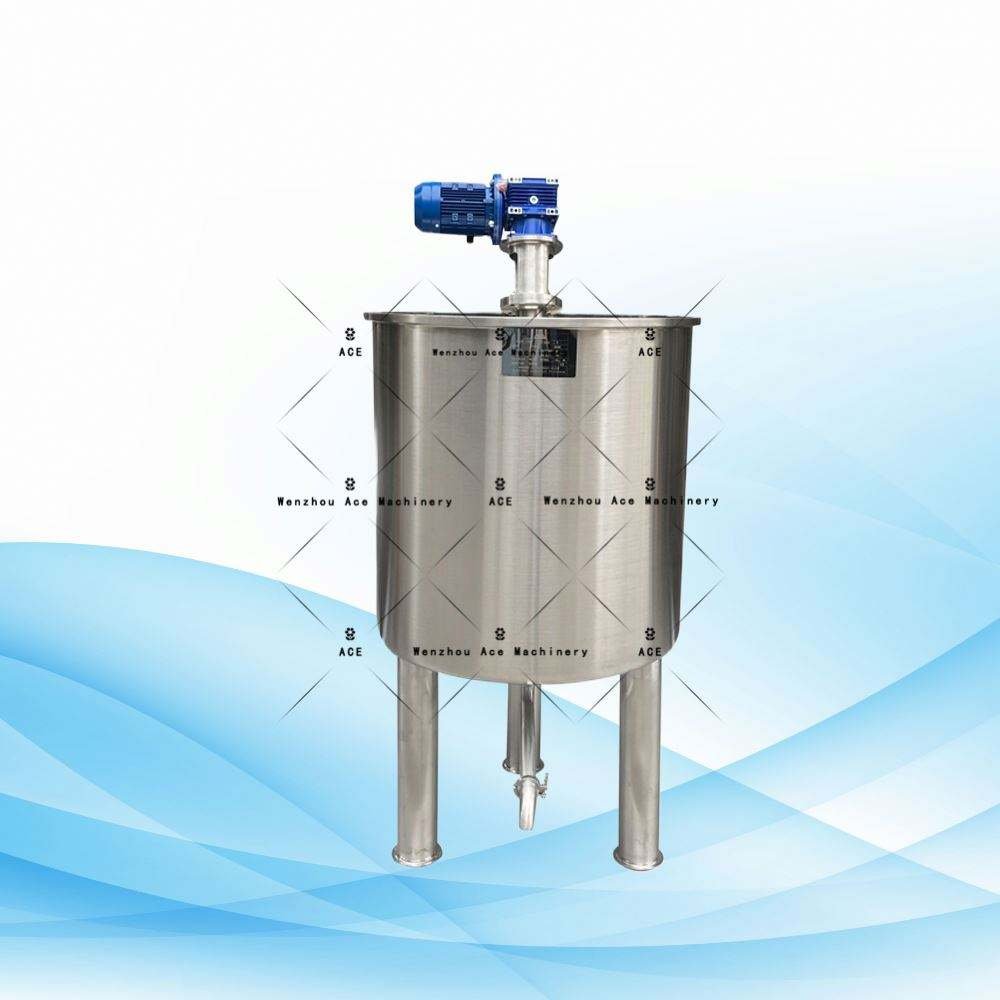Among the plethora of mixers on the market, planetary mixers are a standout choice. They come in a myriad of sizes and with various features, making it likely you’ll find one that suits your needs perfectly. But how do you zero in on the best planetary mixer for your specific needs? In this post, we’ll break down what a planetary mixer is, explore the different models available, and offer some tips on choosing the right one for your business.
What is a Planetary Mixer?
The name “planetary mixer” stems from the way its mixing action emulates the motion of planets. These mixers excel over others as their blades rotate around a central hub, achieving comprehensive mixing. They’re ideal for blending baking ingredients that require thorough mixing. Whether you’re whipping up buttercream frostings and icings or creaming sugar and butter, this tool is up to the task, offering stronger, quicker, and more extensive rotating actions.
Designed to replace manual labor, a planetary mixer can process large volumes of dough at once, making it perfect for crafting pastry dough and similar products. They feature:
- An ingredient bowl
- A scrapper, whip, flat beater, hook, or another type of mixer
- Bowl and whisk starter motors
- Technological processes that link to manage durations, speeds, and mixing components
How Do Planetary Mixers Work?
To whip, knead, and blend ingredients, most planetary mixers use two or three blades that spin in opposite directions. This innovative setup allows for more thorough mixing than traditional models, making it indispensable in a kitchen. You can even add chopping and grinding attachments, expanding its functionality and making food prep tasks more straightforward.
- Agitators in a planetary mixer revolve on their axes within a fixed-base bowl. Operated by gears, these agitators can be equipped with stirring, blending, and mixing accessories.
- Resembling multi-shaft mixers, these devices use agitators that rotate around a central axis, with the planetary mixer spinning rapidly on a vertical axis and slowly around the bowl’s center.
- Blades skim over the vessel’s perimeter, moving material off the walls and pulling it into the mix.
- One complete rotation takes blades across the vessel; three rotations mix most components, while 36 nearly encompass the entire batch.
- Teflon scrapers gently spinning clockwise transfer materials from vessel walls to the mixing area.
- The disperser, wall scraper, and planetary agitator encourage the mix to roll in vertical and horizontal patterns across the vessel, quickly dispersing heat along the jacket’s inner wall post-mixing.
- Fast and slow forces work in cycles during container agitation, ensuring even kneading, mixing, dispersal, and homogenization.
- Rotating impeller vacuum pumps eliminate bubbles and utilize vacuum to draw small particles inside, preventing dust.
Workflow and Process Goals
- Eliminate Air (De-aeration): Reducing voids decreases the risk of product failures, a common issue in producing epoxy-based composites under stress.
- Remove Oxygen Content (Deoxidation): Keeping oxygen out prevents delicate compounds from degrading and undesirable chemical reactions. It also deters microbial growth in mixed components.
- Vacuum Dry: Low-pressure vacuum heat removes moisture and liquids. With vacuum, batch material can swiftly transition from slurry to paste, then to dry powder.
- Solvent Recovery: Vacuum-drawn solvents readily condense, preventing contamination inside and outside the facility. Processors can recycle or dispose of them to meet environmental guidelines.
- Activation Infusion: Liquids and light powders may be added to the batch under vacuum through a vessel-submerged port, expediting the powder soaking process.
- Denseness: Vacuum-agitated, deaerated batches typically have greater density, minimizing mixing and shipping expenses, and enhancing product characteristics.
- Vacuum Strip: Evaporation effectively cools batch material, beneficial when it’s too thick to contact vessel walls and pass heat to cooling fluid.
Different Types of Mixers
When it comes to mixing, planetary, horizontal, and spiral mixers dominate. Each has its advantages and disadvantages, so choosing the right one is key. Planetary mixers are excellent for fully blending doughs and creams, and they’re compact enough for smaller kitchens. However, they may not be ideal for larger volumes.
A horizontal mixer, with its higher power, is better for large quantities or thick dough. Less bowl cleaning enhances their convenience, and their lighter weight makes them suitable for confined spaces.
The spiral mixer is unrivaled for thick dough. With a rotating bowl and stationary spiral arm, it’s known for versatility and reducing dough stress. Despite their versatility, the cost may make them impractical. Weigh your needs and budget carefully before purchasing a planetary mixer—there are plenty of choices to meet your demands.
Planetary Mixer Construction
Compliant with CGMP and FDA regulations, planetary mixers are crafted from high-grade stainless steel. Typically, they feature main mixing, vacuum, lifting, discharging, heating and cooling, temperature control, and electrical control panels.
Main Mixer: The fast disperser, along with wall Teflon scraper and dual planetary agitators, are vertically mounted and can be raised or lowered electrically or hydraulically. Cleaning is simplified by lifting the agitators’ cover or spinning the blades in the solvent-filled mixing tank for maintenance.
Vacuum, Cooling, and Heating Systems: A vacuum and jacketed mixing tank ensure precise temperature regulation and gentle cooling of heat-sensitive ingredients. The double planetary mixer’s robust frame, precisely-machined gears, durable bearings, and stainless steel gearbox add to its resilience.
Lifting Mechanism: Beyond raising the planetary mixer, the hydraulic system compresses the finished product from the movable mixer tank.
Control Panel: Electrical control panels allow for intuitive human-machine interaction and are built with high-quality materials in line with industry standards.
Benefits of Using a Planetary Mixer
- Less cleanup thanks to non-contact mixing—no blades or equipment get involved.
- Ideal for avoiding air incorporation in mixtures through non-contact blending.
- Improves mixing efficiency by thoroughly blending materials with no dead spots and quickness.
- The mixer naturally degasses or deaerates by routine action, sometimes employing a vacuum.
- Handles any viscosity—up to several million mPa—to produce a uniform mix.
- Consistency from speed/time programming, with results recorded for repeated operations.
- Minimizes waste with mixing volumes as small as 0.5 ml in varying container sizes.
- Ensure thorough material blending by moving agitators throughout the mixing area.
- With the transmission system situated above the mixing drum, it’s separate from concrete, simplifying maintenance and minimizing leakage.
- In sealants and adhesives, vacuum mixing boosts shear and contact, enhancing density and tensile strength.
- Evenly distribute ingredients to prevent bridging and rollback, extending equipment longevity by preventing microbial growth.
- Adaptable mixers for diverse materials with different viscosities for efficient analysis, metering, and processing.
What to Consider When Buying One?
Before purchasing a mixer, consider the following:
Mixer Type:
A planetary mixer may be vertical, horizontal, or helical. Determine your requirements to find the best fit. Considerations such as available space, batch quantities, and intended ingredients can guide your choice.
Vertical mixers work well for milk, doughs, and creams. Horizontal mixers suit large quantities and thick dough, while spiral mixers excel at dough mixing due to their power and efficiency.
Capability:
Reflect on mixer capacity. Planetary mixers range from tabletop to floor models. Ensure your selected model can accommodate your batch sizes.
Smaller mixers best serve light doughs and lesser batches, offering affordability and space efficiency.
For heavy dough or substantial volumes, larger mixers save time but demand a greater investment and counter space.
Spending Plan:
Your budget will significantly influence your choice. Planetary mixers range from $200 to over $5,000. Find a mixer that balances your requirements and financial constraints.
Caution against the allure of lower-cost mixers—they might not be up to par. Investing in a higher-priced, durable mixer could be worthwhile.
Performance:
Numerous factors affect a planetary mixer’s performance. Some mixers come with attachments like whisks and dough hooks, beneficial for tasks beyond dough preparation.
Additional features, such as speed controls and timers, suit those desiring hands-on interaction with mixers.
Conclusion
Consider your needs and budget before purchasing a planetary mixer. Ample options allow you to select the best match for you. When choosing, be conscious of your needs, your budget, the machine’s capacity, and its available features.






